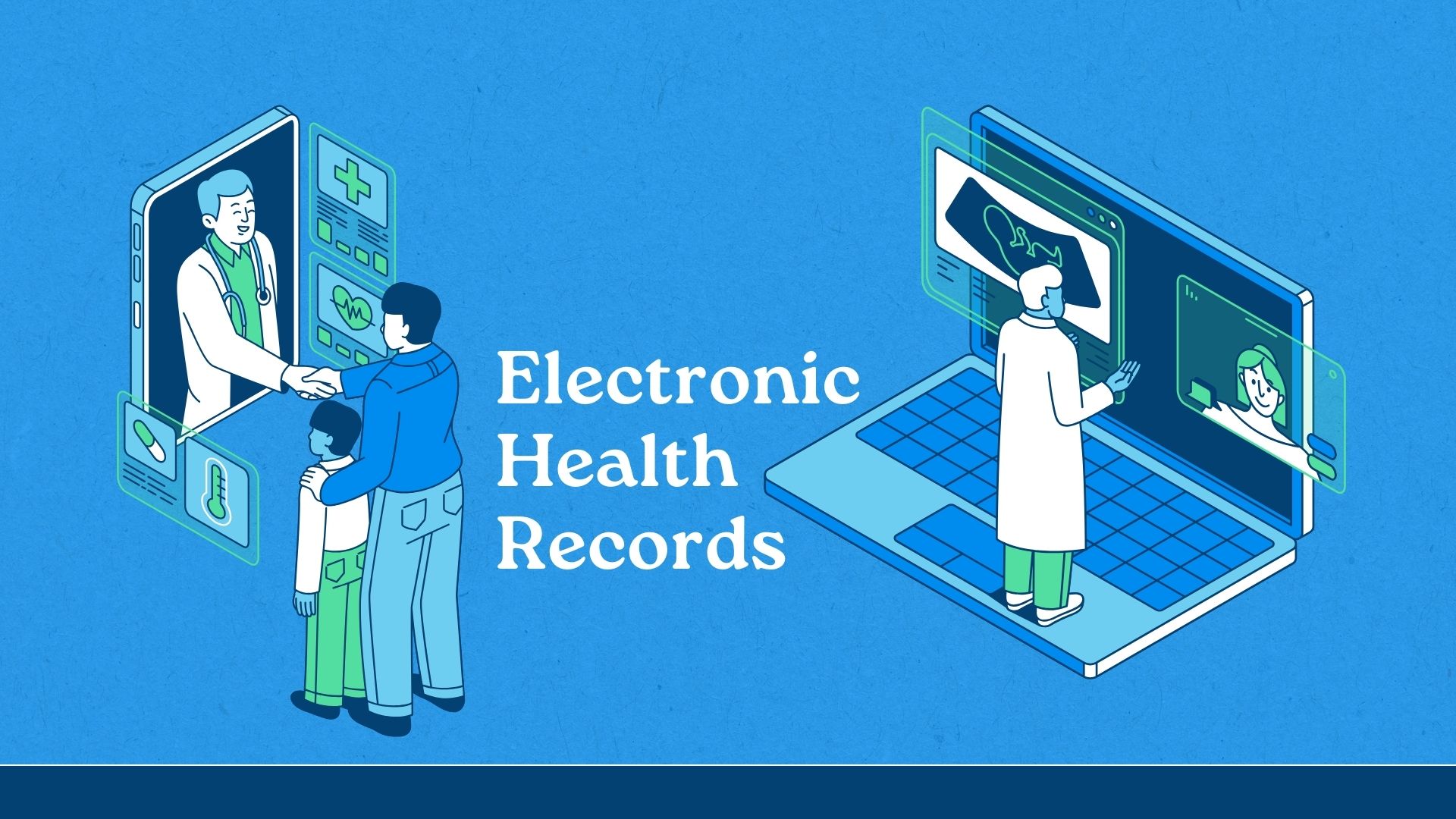The Rise and Fall of CRM, Part 1

The CRM fad is now officially dead. May it rest in peace. Contrary to the writings of some industry pundits, the demise of CRM is not greatly exaggerated. It's real. The party's over. The fat lady sang. It's DOA.
Companies have become disillusioned; projects have been stalled; budgets have been cut; and enterprise rollouts of CRM pilot projects have either been postponed or cancelled. As a result, many software vendors, technology integrators, and consulting firms are limping along, and some don't look like they'll be around for much longer.
Good News. Bad News.
In essence, the promise of quick-and-easy, plug-and-play CRM has been completely debunked, which is both good news and bad news.
The good news is that corporate clients have learned (some of them painfully and at great expense) that building better and deeper customer relationships requires new processes, new analytics, and new integration of systems (as well as new strategies and tactics) to enable their employees to work harder and smarter to capture customer information. Nobody believes CRM comes in the form of a software package installation anymore.
The bad news is many companies are giving up on CRM — at a time when attracting the right customers with the right offer at the right time is even more critical to corporate survival.
In the first two parts of this three-part column, we'll look at how CRM, like the Internet bubble, was destined to burst. In the final installment, I'll discuss two examples of a new generation of approaches to CRM — far more practical, clear-headed approaches.
The New Economy: Ancient History
In some ways, the CRM fad was a product of the Internet craze. For many years, companies had disconnected customer-facing processes and data stores — separating them by product line, business unit, geography, internal reporting structure, and channel (call center, branch office, retail outlet, fax, mail, etc.). It wasn't until the Internet came along — and the number of customers online reached critical mass — that the need for integrating customer data stores became an imperative.
All this may seem like ancient history to some readers. Remember e-commerce, the New Economy, e-commerce/e-business/e-everything? It was ruled by consulting firms with names that sounded like rock bands, whose founders and principals spoke, dressed like, and kept the business hours of drug addicts.
During the dot-com boom, the Internet was going to empower customers to get anything they wanted, when they wanted it, at a price they dictated. In this brave new world, the new e-business model was destined to succeed and dominate every industry. And any type of intermediary — from the local hardware store to the biggest financial institutions — was doomed. Bill Gates announced Microsoft was going to make banks irrelevant. Old-fashioned brick-and-mortar businesses couldn't possibly compete against their virtual counterparts because of heavy cost structures in real estate and physical inventory.
The funny thing was, the theory didn't jibe with the ways consumers or businesses really wanted to operate. It turned out customers still were quite fond of old-fashioned, physical stuff, things like actual inventory (more accurately, the ability to deliver what was promised to online consumers). Consumers still wanted and needed to touch, feel, smell, and try on many of the products they were contemplating buying. In financial services, such as mortgages and insurance, consumers still wanted to deal with a real human being when talking about their financial position and goals or when sharing other sensitive, personal information.
In the end, the Internet proved to be effective at selling only a few types of products, mostly books, music, and Adult content. The Internet eventually became the biggest and greatest knowledge management, collaborative commerce, community-building, and communications system on the planet. Perhaps its greatest potential, as a business process integration or network outsourcing platform, is yet to be tapped or realized. For most businesses today, it represents merely another channel.
Like the Web, the hype of CRM wasn't justified. Next, we'll look at how the CRM fad played out.
Do you agree? Don't agree? Got an interesting insight, opinion, or real-world example to share? What are your thoughts? Please write me at [email protected]. Stay tuned for parts two and three.
Arthur O'Connor is a director and head of the CRM Integration Practice at Reuters Consulting, a unit of Reuters, PLC. As one of the nation's leading experts on CRM and business intelligence solutions, he frequently writes on business and technology trends. He's a frequent speaker at industry conferences. Last year, he served as chairperson of the Institute for International Research's CRM Project Management Conference.




